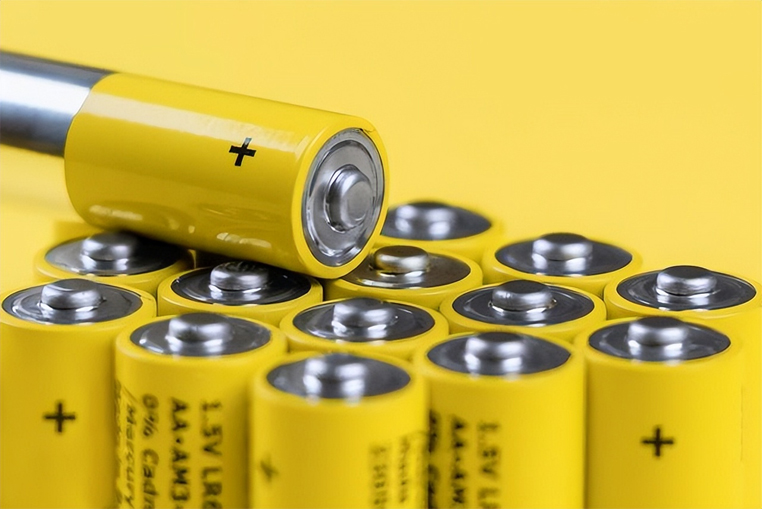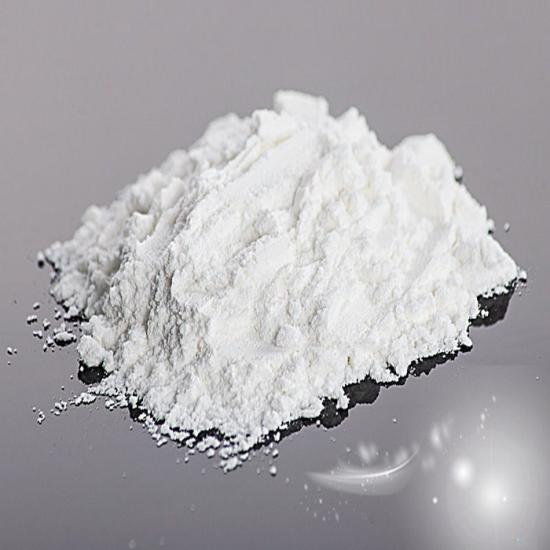-
Call Us
0086-592-7161550 -
Email us
ping@aotbattery.com -
Skype
ping@aotbattery.com
Call Us
0086-592-7161550Email us
ping@aotbattery.comSkype
ping@aotbattery.comIntroduction
Lithium-ion batteries (LIBs) have revolutionized the energy storage landscape, powering everything from portable electronics to electric vehicles and large-scale energy storage systems. At the heart of these batteries lie the cathode materials, which play a pivotal role in determining their performance, safety, and cost-effectiveness. This article delves into the intricacies of LIB cathode materials, exploring their chemistry, properties, and the latest advancements in this rapidly evolving field.

Chemistry and Classification of Cathode Materials
Cathode materials in LIBs are typically metal oxides or phosphates that can reversibly intercalate and deintercalate lithium ions during charging and discharging cycles. Broadly, they can be classified into several categories based on their structure and composition:
1. Layered Oxides: Represented by LiCoO2, LiNiO2, and their derivatives (e.g., NMC, NCA), layered oxides possess high energy density but can suffer from structural instability and safety concerns at high voltages.
2. Olivine-Structured Phosphates: LiFePO4 is the most prominent member of this class, known for its excellent thermal stability, long cycle life, and low cost. However, its relatively low electronic conductivity limits its energy density.
3. Spinel Oxides: LiMn2O4 and its doped variants exhibit good rate capability and safety but suffer from capacity fade due to manganese dissolution.
4. Polyanionic Compounds: Beyond phosphates, other polyanionic compounds like silicates and sulfates are being explored for their unique properties.
5. High-Voltage Cathodes: Materials like LiNi0.5Mn1.5O4 and LiCoPO4 aim to push the voltage limits, thereby increasing energy density.
Properties and Performance Metrics
The ideal cathode material for LIBs should possess a combination of several key properties:
² - High Energy Density: A high specific capacity and redox potential translate into more energy stored per unit mass or volume.
² - Good Cycle Stability: The ability to retain capacity over numerous charge-discharge cycles is crucial for long-term use.
² - High Rate Capability: The ability to charge and discharge rapidly is essential for applications requiring high power output.
² - Thermal Stability: Resistance to thermal runaway ensures battery safety, especially under abusive conditions.
² - Cost-Effectiveness: Low raw material costs and ease of synthesis contribute to overall battery affordability.

Advancements and Challenges
Recent years have seen significant progress in cathode material research, with a focus on overcoming the aforementioned challenges. Doping strategies, surface modifications, and nanostructuring techniques have been employed to enhance performance. For instance, doping LiNi0.8Co0.1Mn0.1O2 (NCM811) with aluminum improves its structural stability and cycling performance. Surface coating with carbon or conductive polymers enhances electronic conductivity in LiFePO4.
However, challenges remain. The search for materials with even higher energy densities while maintaining safety and cost-effectiveness continues. Additionally, the environmental impact of cathode material production, particularly the use of critical raw materials like cobalt and nickel, has become a growing concern.
Future Directions
Looking ahead, the future of LIB cathode materials lies in the development of novel chemistries that can overcome the limitations of existing materials. Solid-state electrolytes, which promise higher energy densities and improved safety, may necessitate the use of different cathode materials compatible with their operating conditions. Furthermore, recycling technologies will become increasingly important as the demand for LIBs grows, necessitating the development of efficient and cost-effective cathode material recovery processes.
In conclusion, lithium-ion battery cathode materials are a cornerstone of modern energy storage systems. Their ongoing evolution, driven by a relentless pursuit of higher energy densities, improved safety, and reduced costs, promises to unlock new possibilities in a wide range of applications. As research and development continue to advance, the future of LIB cathode materials looks bright and full of potential.

Tel/Whatsapp: 0086-592-7161550

Scan to wechat:
